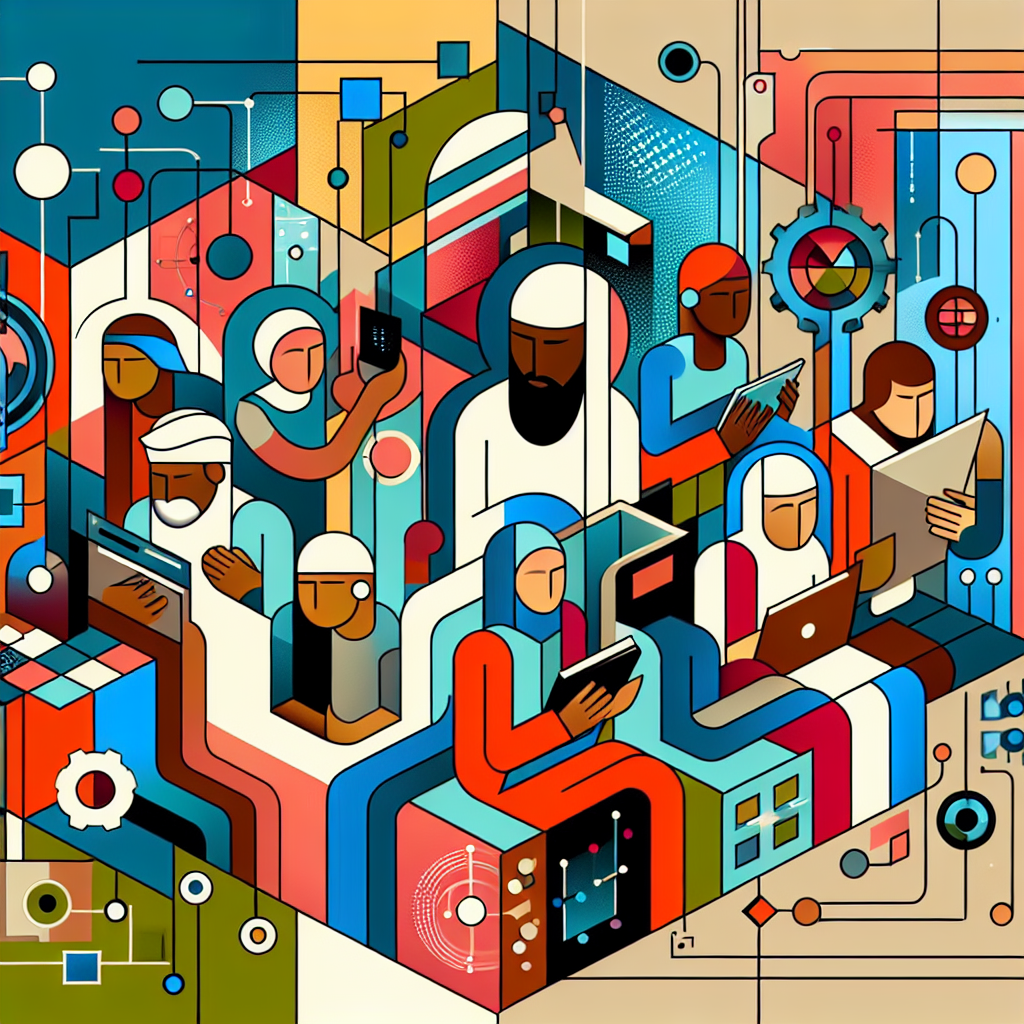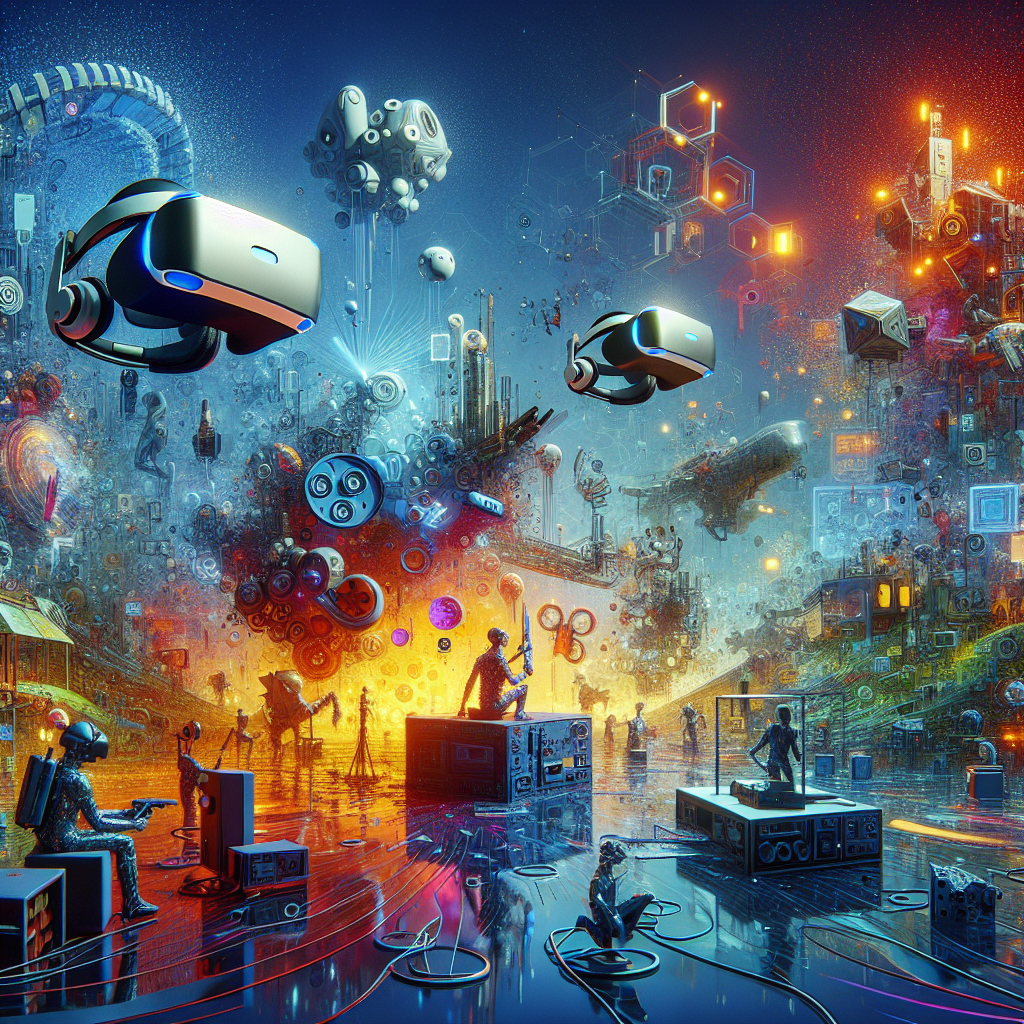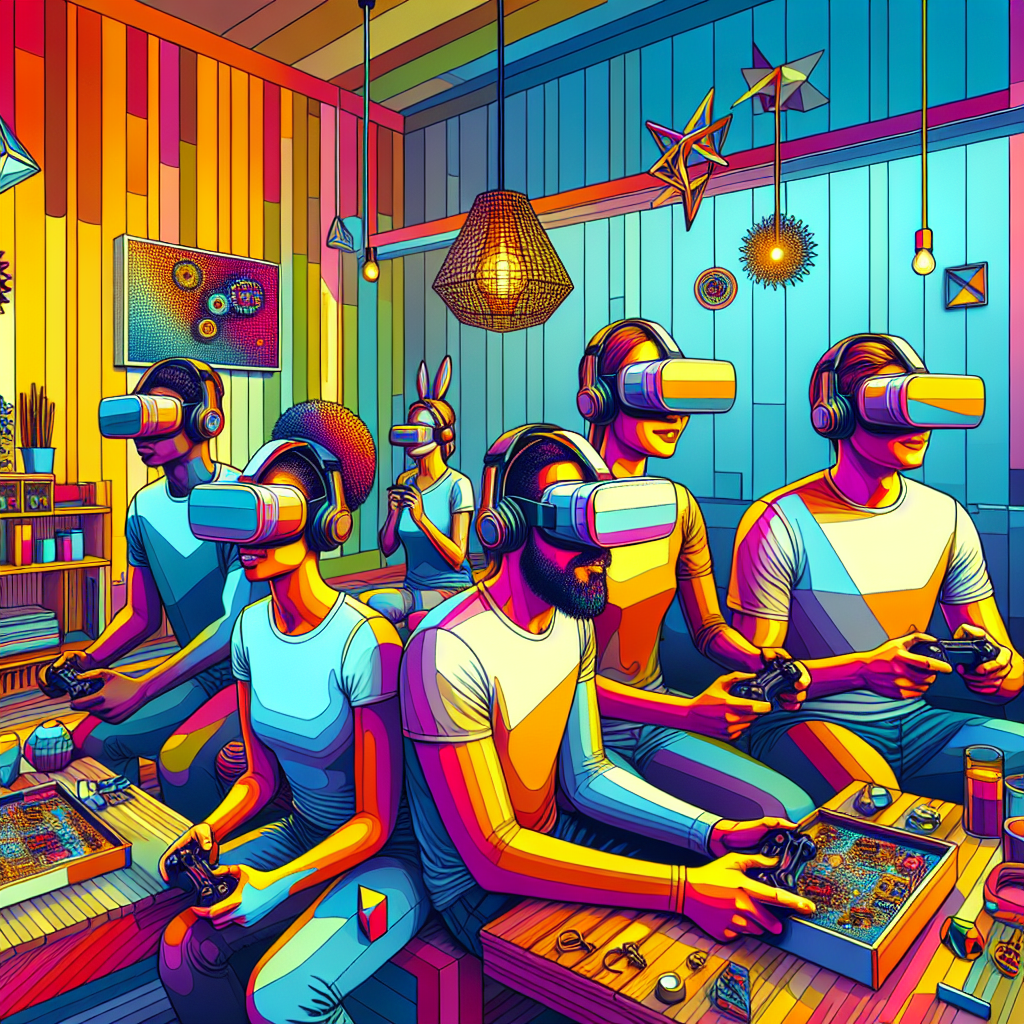In today’s rapidly evolving world, technology and human connection are intertwined in ways we never imagined. From social media platforms to virtual reality experiences, technology is reshaping how we interact, communicate, and build relationships. This article delves into the transformative impact of technology on human connection, exploring both the benefits and challenges it presents.
Enhancing Communication and Interaction
One of the most significant ways that technology and human connection intersect is through enhanced communication. Platforms like WhatsApp, Facebook Messenger, and Zoom allow us to maintain relationships across vast distances. These tools have become essential, especially in a post-pandemic world where remote work and virtual gatherings have surged. The ability to connect with friends, family, and colleagues instantly has made the world feel smaller and more accessible.
Moreover, social media has revolutionized how we share our lives and experiences. According to a Pew Research study, approximately 70% of Americans use social media to connect with others. This connection fosters a sense of community, allowing individuals to find like-minded people across the globe. However, this digital interaction can sometimes lead to feelings of isolation, as virtual connections may not completely replace face-to-face interactions.
The Role of Artificial Intelligence
Artificial Intelligence (AI) is another significant factor in the evolution of technology and human connection. AI-driven applications, like chatbots and virtual assistants, are becoming more sophisticated in understanding and responding to human emotions. These advancements can enhance customer service experiences and provide companionship for those who may feel lonely.
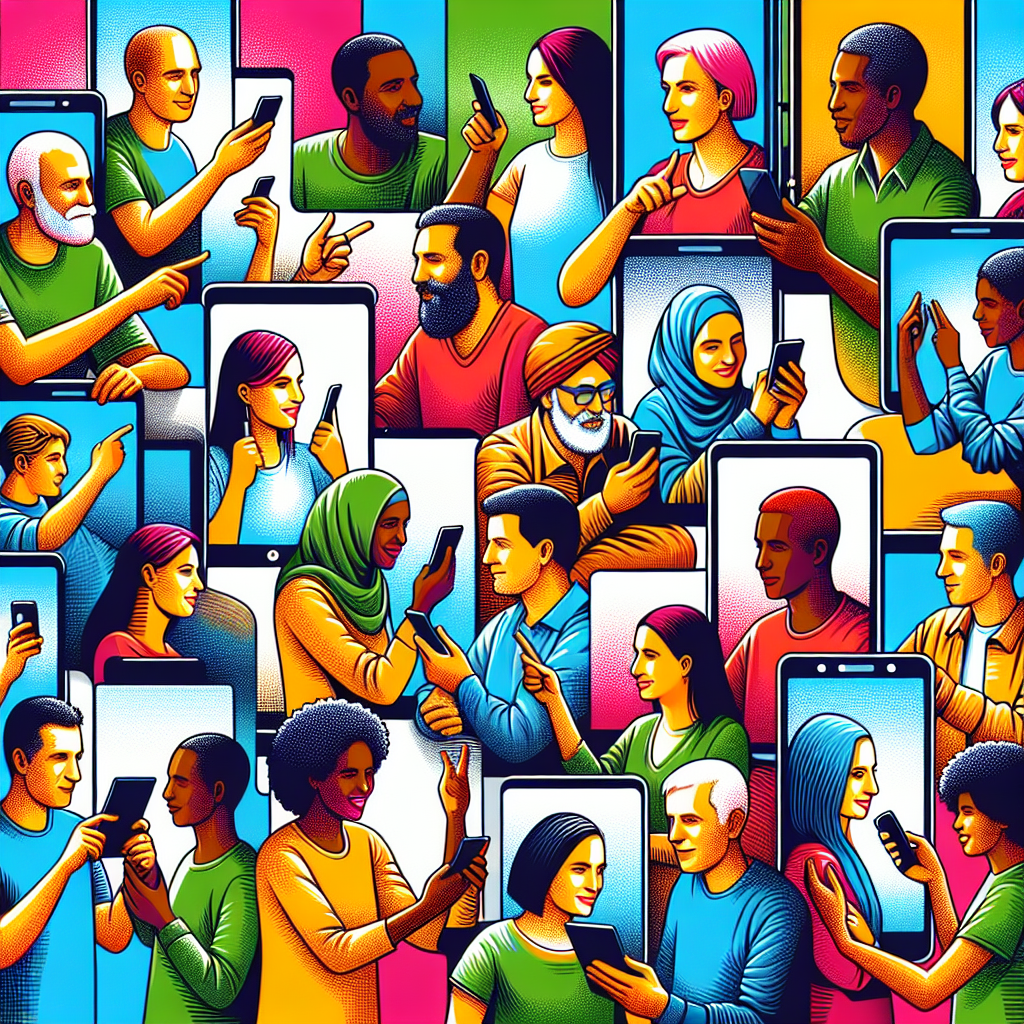
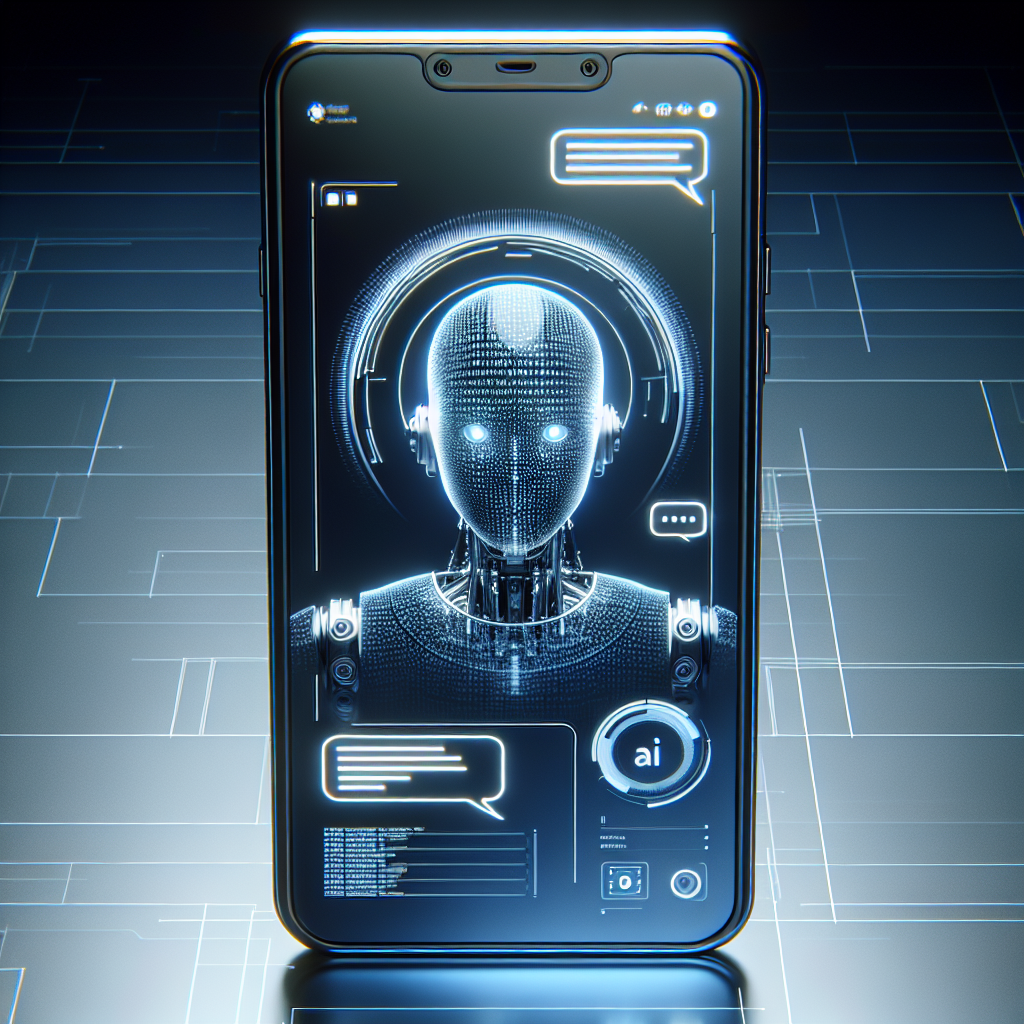
For instance, platforms like Replika offer users a virtual friend powered by AI, designed to engage in meaningful conversations. While these technologies can provide comfort, they also raise questions about the authenticity of relationships formed through AI. Are we sacrificing genuine human interaction for convenience? This is a critical conversation that society must engage in as technology continues to advance.
Challenges of Digital Relationships
Despite the many advantages of technology and human connection, there are notable challenges. The prevalence of misinformation and cyberbullying on social media platforms can harm relationships and create distrust. A recent report from the Human Rights Campaign highlighted how negative online experiences can impact mental health, especially among young people.
Moreover, the phenomenon of ‘phubbing’—snubbing someone in favor of a phone—has become increasingly common. This behavior can lead to feelings of neglect and resentment in personal relationships. To foster healthy connections, it’s essential to find a balance between technology use and real-life interactions.
In conclusion, technology and human connection will continue to evolve side by side, shaping our relationships and society at large. While technology offers unprecedented ways to connect, we must remain mindful of its potential drawbacks. As we navigate this digital landscape, fostering genuine human connections should remain at the forefront of our efforts.

